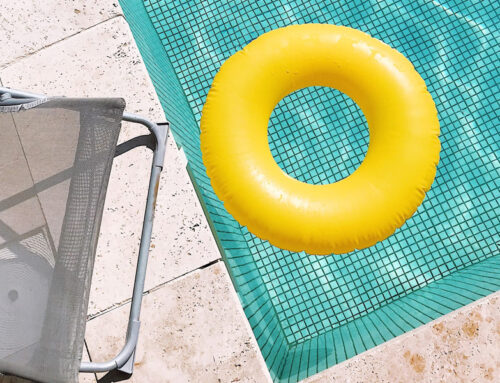Swimming pools are a ubiquitous feature of modern life, providing recreation, exercise, and relaxation to millions of people worldwide. However, the chemicals used to maintain the cleanliness and safety of pool water, particularly chlorine, can have significant impacts on the broader environment, including the water supply. While chlorine is essential for disinfecting pool water and preventing the spread of waterborne illnesses, its use raises concerns about its effects on both human health and the environment, particularly when it enters the water supply.
1. Chlorine and Water Treatment
Chlorine is widely used in swimming pools as a disinfectant because of its ability to kill bacteria, viruses, and other harmful microorganisms. Similarly, chlorine is used in municipal water treatment plants to disinfect drinking water and make it safe for consumption. However, while chlorine effectively eliminates pathogens, it can also react with organic matter present in the water to form potentially harmful byproducts, such as chloramines and trihalomethanes (THMs).
2. Health Concerns
Exposure to chlorinated water and its byproducts has been linked to various health concerns. Inhalation of chloramines, which are formed when chlorine reacts with organic substances like sweat and urine in pool water, can irritate the respiratory system and exacerbate conditions such as asthma. Moreover, long-term exposure to THMs, which are formed when chlorine interacts with organic matter in untreated water sources, has been associated with an increased risk of certain cancers and adverse reproductive outcomes.
3. Environmental Impact
Chlorine and its byproducts can also have detrimental effects on the environment, particularly when they are released into the water supply. Chlorine can accumulate in rivers, lakes, and groundwater, where it can harm aquatic ecosystems and disrupt the balance of aquatic life. Additionally, the formation of THMs in surface water bodies can contribute to the degradation of water quality and pose risks to both aquatic organisms and human users of these water sources.
4. Mitigation Strategies
To mitigate the impacts of swimming pool chlorine on the water supply, several strategies can be employed. Firstly, pool owners and operators can implement alternative disinfection methods, such as ozone or ultraviolet (UV) radiation, which produce fewer harmful byproducts compared to chlorine. Additionally, proper pool maintenance, including regular monitoring of chlorine levels and pH balance, can help minimize the formation of chloramines and other disinfection byproducts. Municipal water treatment plants can also utilize advanced treatment processes, such as activated carbon filtration and chloramine removal, to reduce the levels of chlorine and its byproducts in drinking water.
5. Public Awareness and Education
Public awareness and education are crucial in addressing the impacts of swimming pool chlorine on the water supply. Pool users should be informed about the importance of proper hygiene practices, such as showering before swimming and avoiding urinating in the pool, to minimize the formation of chloramines. Additionally, individuals can support initiatives aimed at promoting the use of alternative disinfection methods and advocating for stricter regulations on the use of chlorine in swimming pools and water treatment facilities.
In conclusion, while chlorine plays a vital role in maintaining the safety and cleanliness of swimming pool water, its use can have significant impacts on the water supply and the environment. By adopting alternative disinfection methods, implementing proper maintenance practices, and raising public awareness about the potential health and environmental risks associated with chlorine, we can work towards mitigating these impacts and ensuring the sustainability of our water resources for future generations.






